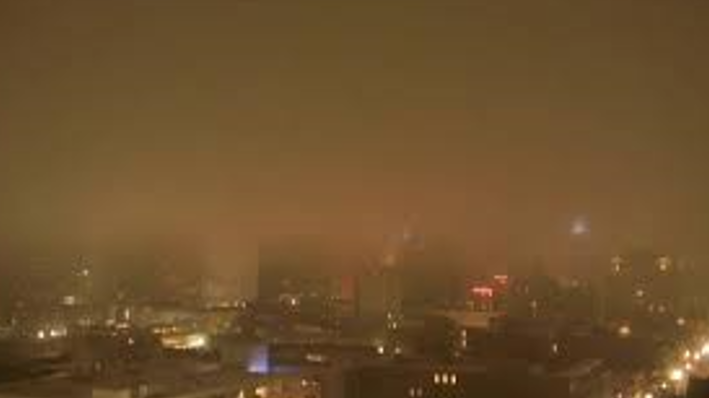Breaking down Louisiana humidity and dew points
You have heard the expression: "It's not the heat, it's the humidity."
Yes, it's true. Southeast Louisiana had a lot of humidity. So, what is it?
Humidity is moisture in the air, or water vapor.
In the summer, the "Bermuda high" rules. The clockwise flow around the high sends in warm, moist air.
It's like a non-ending river of water in the air!
I always hear, "the relative humidity is 100%."
What does that mean? It means the air is saturated. Basically, it's air you can wear!
Relative humidity is relative to the temperature. Warm air holds more moisture than cold air.
So, in the summer, the relative humidity is not 100% in the middle of the day when the temperature is 92 degrees. The relative humidity would likely be around 58% with a heat index of 103. If the relative humidity were 100% at 92, we would have a heat index of 143. Thankfully that does not happen.
Think about cold days. I am sure you have seen your breath before on a cold day. That's because cold air cannot hold as much moisture as warm air. You are breathing out warm moist air. It hits the cold air. The moisture cools and condenses and basically forms a cloud.
That's how some fog forms. Often, in the fall and early winter, the water in the lakes and bayous is warmer than the air. Moisture evaporates from lakes and bayous, hits the cooler air above it. The air cools and condenses and steam fog forms.
It's a different process from late winter into early spring. The water is often cooler. The "Bermuda high" sends in warm, moist air over the cooler water. The moisture in the air cools and condenses and fog forms. This type of fog is called advection fog. It can be very thick and often shuts down the Causeway. It's been known to cause major vehicle crashes.
Another type of fog is called radiation fog. That happens on clear nights with calm wind. All the heat from the day is released into the atmosphere. The temperature drops to the dew point, and fog forms. Sometimes you just see it as a shallow layer of ground fog — sometimes it is a lot more.
Dew point. What is that?
Dew point is the temperature at which moisture condenses. What? Think of morning dew. Dew on your car when it has not rained. Frost on the rooftops, or on your plants.
So, basically, dew point is the temperature at which the air cannot hold any more moisture. The moisture in the air suddenly becomes a liquid on a surface. If the temperature is freezing, it becomes frost.
Dew point is actually a more accurate measure of moisture in the air. In the summer, the dew point is around 75. Sometimes, it is as high as 80, and that is brutal. In that case, the heat index is over 110. In winter, we sometimes have dew points in the teens. That is very dry air and can wreak havoc with your sinuses and skin, drying out everything.
My favorite time of the year is fall. Finally, we say goodbye to the high heat and humidity of summer and welcome in cooler air with lower humidity. It feels great to be outside!




